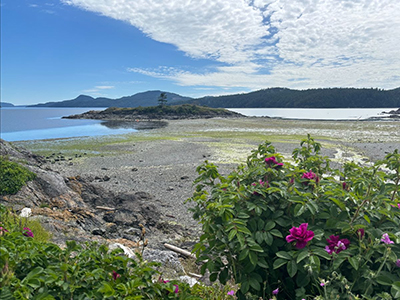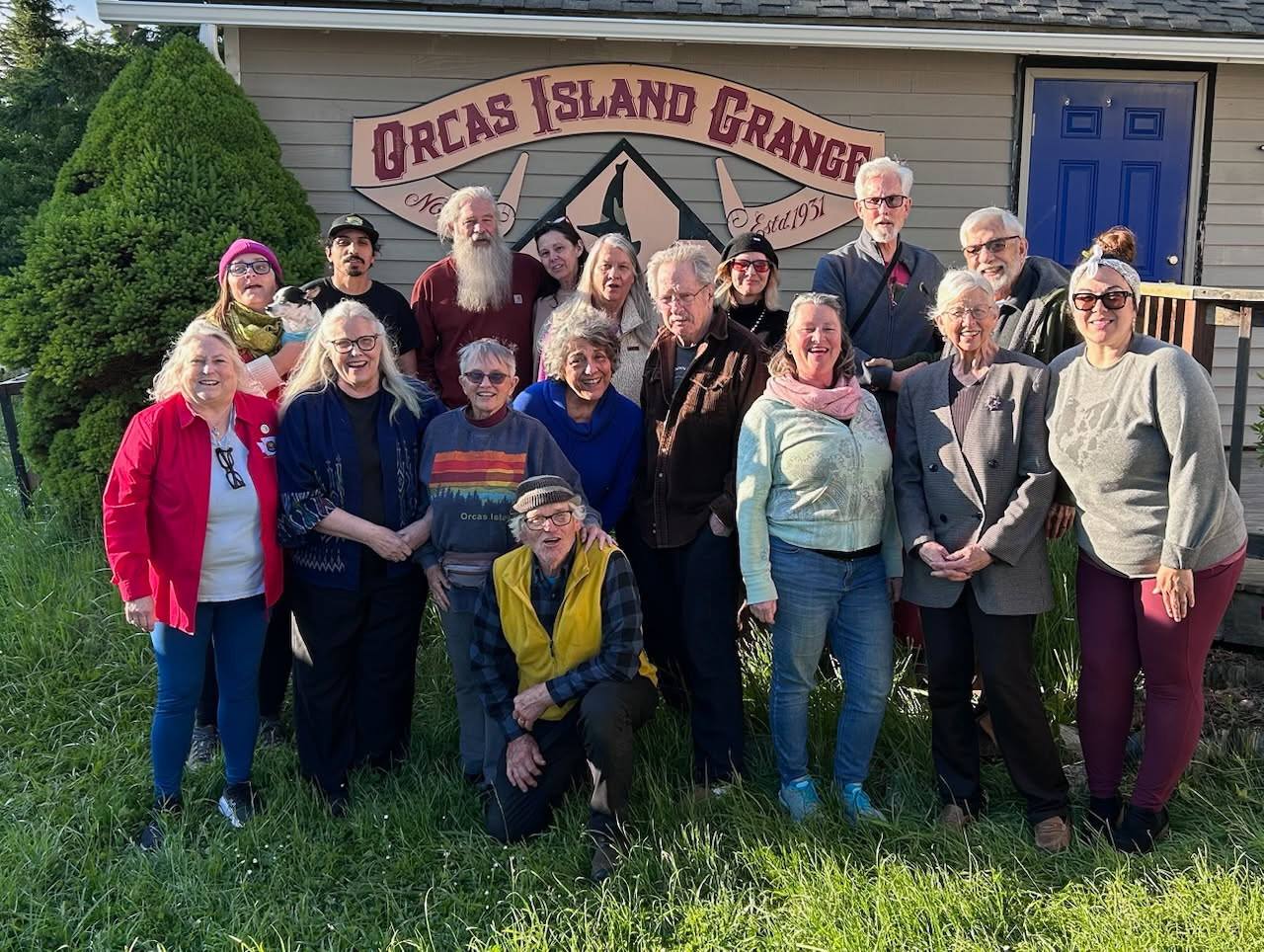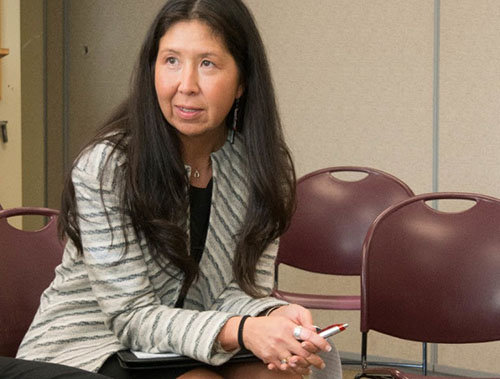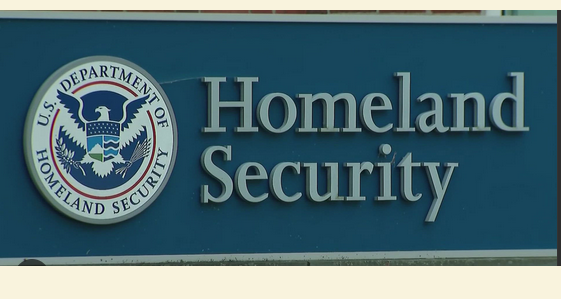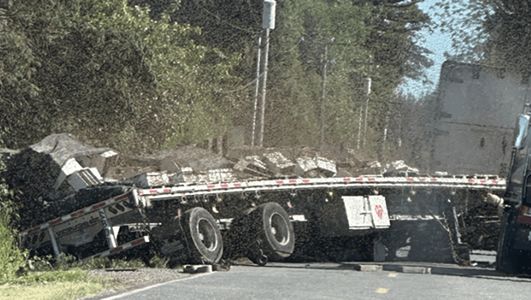— from Katie Fleming —
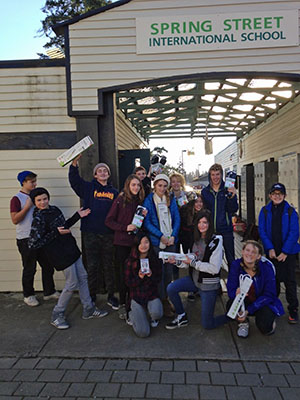 Extreme weather events, rising sea levels, melting glacier – oh my! While climate change is an overwhelming issue, there is certainly hope, especially in the collective power of individual actions to reduce greenhouse gas emissions. That’s the underlying principle of the Cool School Challenge (CSC), a climate education program that motivates students, teachers and administrators to reduce carbon dioxide (CO2) emissions school-wide. At the heart of the program is the philosophy that big changes start with small steps – and taken together, simple individual actions create a world of difference.
Extreme weather events, rising sea levels, melting glacier – oh my! While climate change is an overwhelming issue, there is certainly hope, especially in the collective power of individual actions to reduce greenhouse gas emissions. That’s the underlying principle of the Cool School Challenge (CSC), a climate education program that motivates students, teachers and administrators to reduce carbon dioxide (CO2) emissions school-wide. At the heart of the program is the philosophy that big changes start with small steps – and taken together, simple individual actions create a world of difference.
“I am concerned about climate change because it’s what I’m going to have to deal with in the future. I think the best thing is to start with small steps because people don’t really like change, but if they are simple and very straightforward, people will understand and they can help,” said Ela, an 8th grader at Spring Street International School, who has been participating in the CSC.
For the past two years, San Juan County students like Ela have been conducting assessments of classroom energy and identifying opportunities to improve efficiency through the CSC as part of a larger community energy-saving initiative led by OPALCO, the San Juan Islands Conservation District, and the Energy Roundtable, as part of the nation-wide Georgetown University Energy Prize energy saving competition.
“It is exciting to engage kids to know they can make a difference when it comes to energy use! They love knowing they can make positive choices and actions to promote a healthy earth,” said Lorri Swanson, 3rd grade science teacher from Lopez Elementary.
Students at six county schools on San Juan, Lopez and Orcas Islands have participated in the CSC, taking such actions as creating energy efficiency checklists for classrooms and homes, installing LED bulbs and smart power strips in classrooms, and educating their peers about conservation and climate change.
“At Lopez Elementary, we estimated that turning off just one bank of lights in an average classroom for 6 hours a day (if you’ve got plenty of natural light coming in) can reduce CO2 emissions by 44 pounds every year and save $53. Imagine if every classroom in the county, state, and even nation did that? It could really add up to significant change,” said Katie Fleming, Community Engagement Director with Friends of the San Juans and coordinator of San Juan County’s CSC effort. “These might seem like small steps initially, but as students mobilize at their schools, a new generation of leaders will grow to actively participate in the larger global movement to help slow climate change,” continued Fleming.
**If you are reading theOrcasonian for free, thank your fellow islanders. If you would like to support theOrcasonian CLICK HERE to set your modestly-priced, voluntary subscription. Otherwise, no worries; we’re happy to share with you.**


